Get Dialled In With Your Irons... 5 Simple Steps To Making More Birdies
Striking the ball well with your irons is key to creating scoring opportunities, but controlling your distances could help you go even lower...

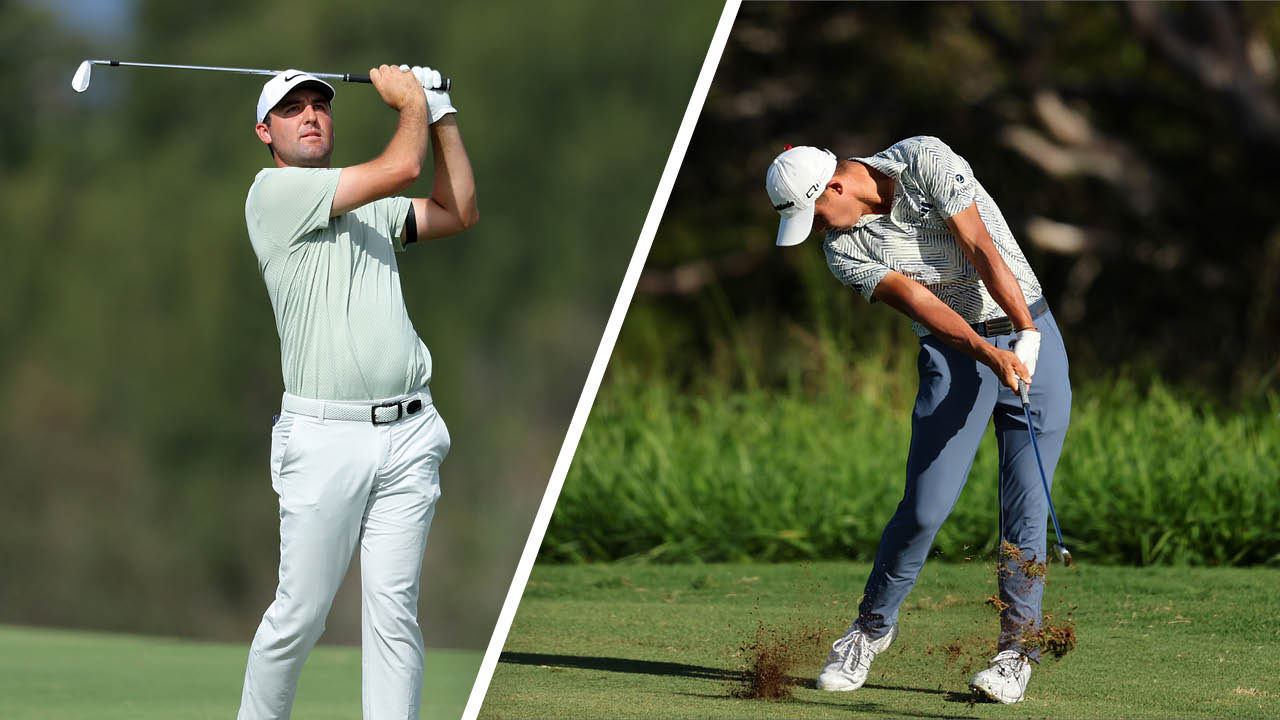
Dialling in your irons should be a consistent focus for your practice time on the range, as knowing exactly what club you will need in those crucial moments could help you shoot lower scores and feel more confident throughout your round.
With the importance that is placed on ball striking in golf, we enlisted the help of Golf Monthly Top 50 Coach Clive Tucker to share his top five tips for iron distance control, in a bid to help you make more birdies...
Get your lofts checked

If you are serious about your golf and you really want to make the most of your irons, it is vital to dial-in your distance control, and so it’s a good idea to have your lofts checked. Ideally, you should have around 4˚ between each iron in the bag.
However, as more and more of us fly to exotic destinations for golf, hauling our clubs all over the world, it is easy for your irons to be knocked about in transit. Trust me, a degree here or there can make a big difference to how far the ball flies and this can be crucial with your approach play – you don’t want to be leaving yourself short and you certainly don’t want to be flying greens with the threat of a tricky up-and-down.
So, why not start the competitive season by getting your local pro to check your lofts. Doing this once or twice a year is important if you want better, more consistent distance control.
On-course calibration
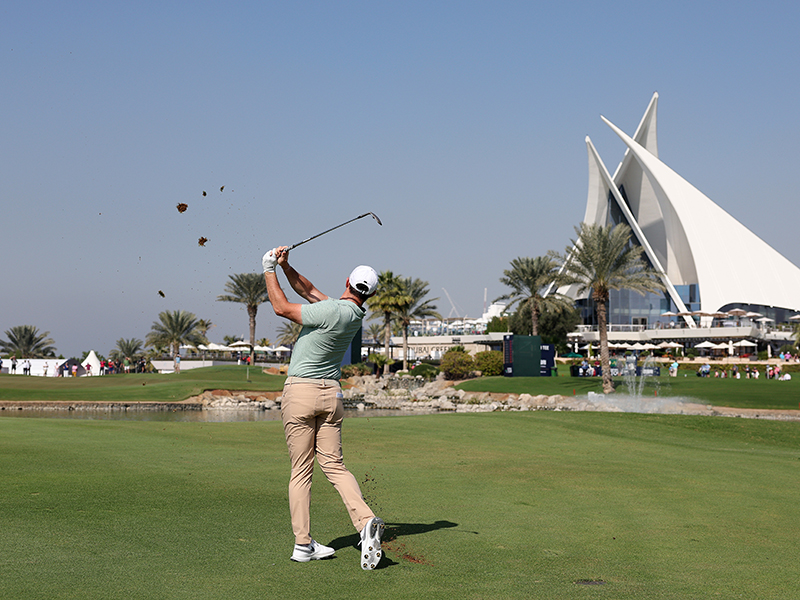
The best place to develop a feel for how far you hit each iron is out on the course. What you are looking for is to settle on a number for how far you carry each club (the amount of roll you get is largely irrelevant as this will depend on the ground conditions).
So, let’s say you are testing your 8-iron yardage. Hit a couple of shots from what you think is your ideal 8-iron distance. Then walk up to the green and pace out how many yards short or past the flag the ball pitched. Add or subtract this number from the overall yardage and you have your calibrated 8-iron distance.
Subscribe to the Golf Monthly newsletter to stay up to date with all the latest tour news, equipment news, reviews, head-to-heads and buyer’s guides from our team of experienced experts.
This is a great way to do it as you’ll develop a library of carry numbers to rely on when you have to clear sand or water. Just take into account how far you think the ball will travel when it hits the green and you’ll be all set and ready to make more birdies.
Tricky distances: Option 1
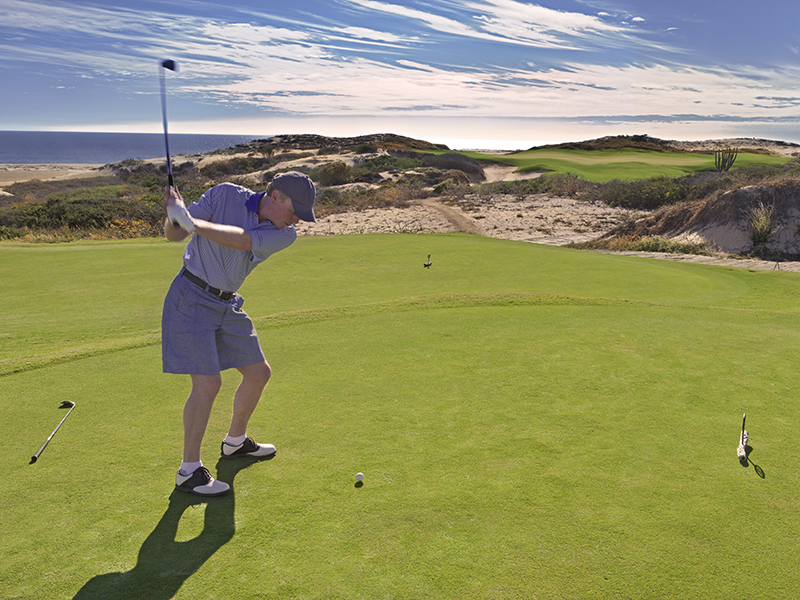
If your 7-iron goes 155 yards and your 8-iron goes 145 yards, what do you do when you face a shot of 150?
This is where your skill and ability to make small changes to your distances will pay off. Your first option, which is my preferred approach, is to shorten the length of your swing. You can either do this by making a more compact move, or by going down the grip a little with your hands to shorten the shaft.
So in this situation, take your 7-iron but simply aim to curtail your backswing and follow-through a fraction, or go down the grip. Whichever approach you choose, make sure your rhythm is consistent with a normal shot. That should help you take five yards off the shot.
Tricky distances: Option 2
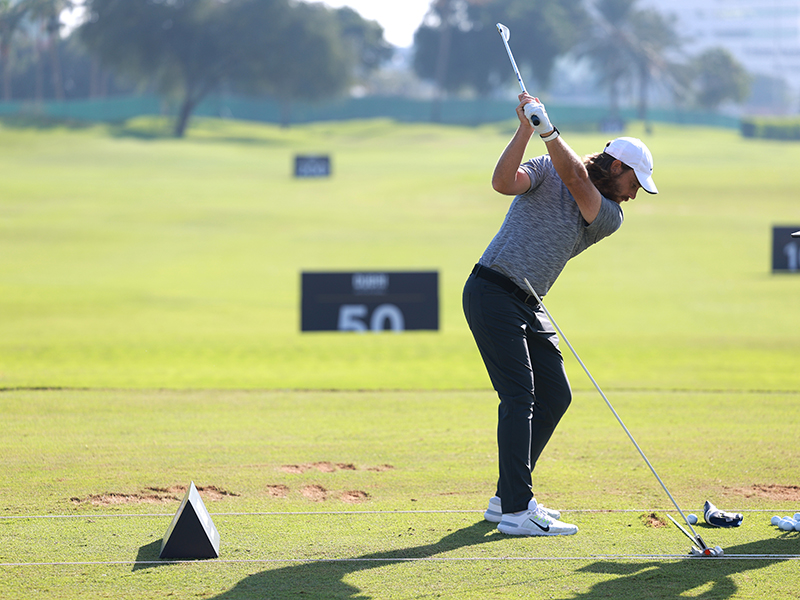
The second option is to control distance by changing the pace of your swing. This approach requires great feel as reducing the speed of your swing while maintaining the usual connection between your arms and body to hit a straight shot can be tricky.
This requires some time to practise the art, but if you can develop the feel, you’ll have a great natural ability to control distance throughout the bag.
Use a distance measuring device
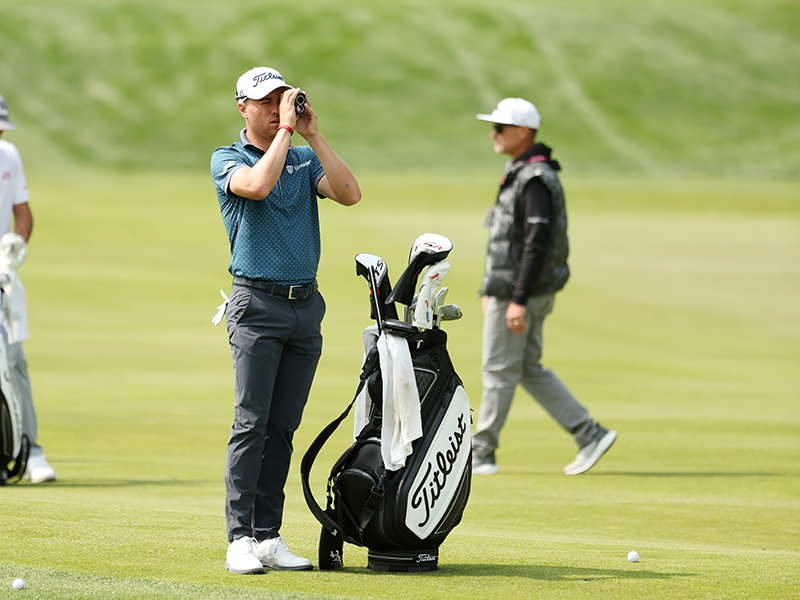
Think about buying a distance measuring device (DMD) if you haven’t already got one. By using one regularly you’ll soon build a more accurate picture of how far each club in the bag goes and you will gain much confidence. Remember to note down yardages in your practice rounds from certain spots on the course where there isn’t a course marker to help.
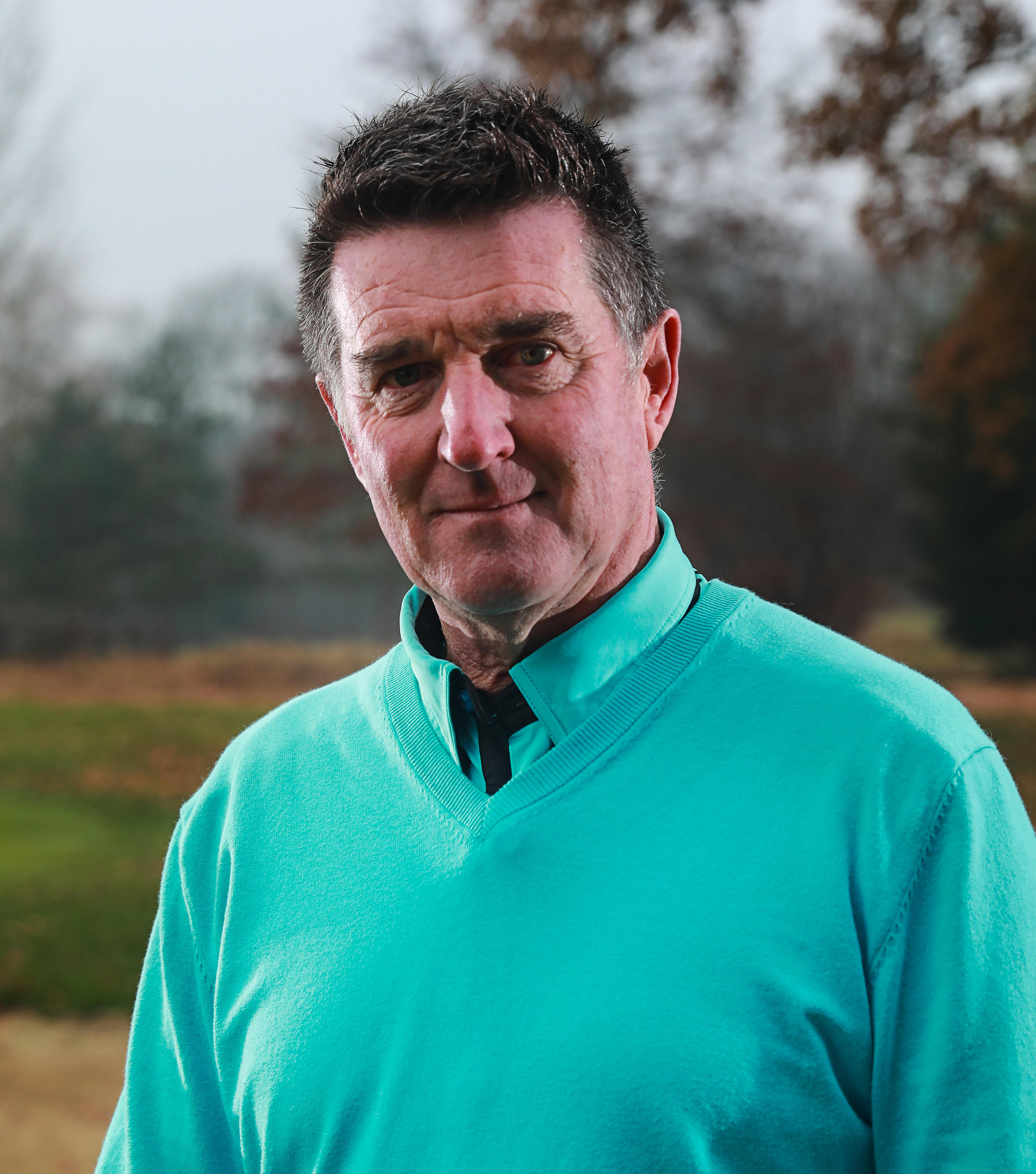
Location: Mannings Heath
Clive spent ten years as a playing professional before making the move into elite coaching. He's worked with a number of Tour professionals, and one of his great strengths is being able to tailor his instruction for each student no matter what their level.
Teaching philosophy:
Make changes and growth pertinent, measurable, simple and enjoyable. Give students the skills to develop and manage their game as well as possible. Ultimately, help them to become independent.
Significant influences:
I was taught by some very gifted coaches whilst playing on Tour, and have watched teachers with all kinds of philosophies whilst I've been coaching for the last 20 years. All have had such a positive effect. George Robb had a very keen eye; David Leadbetter was extremely diligent; Denis Pugh, generous and encouraging; Mac O`Grady was a fountain of knowledge, and Pete Cowen an inspiration. Michael Dalgleish was also a world class physio.
Greatest success story:
Working with Graeme McDowell and David Howell have been particular highlights. During my time working with them, they rose from roughly 150th in the world to 4th and 9th, respectively, and competed in six Ryder Cups between them.